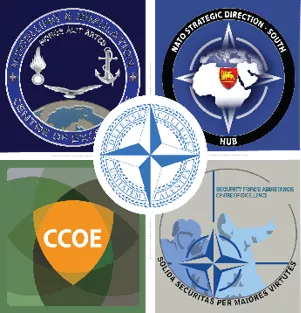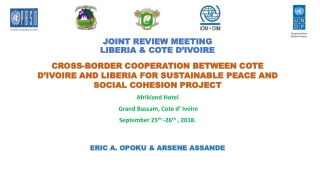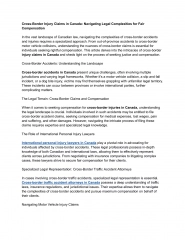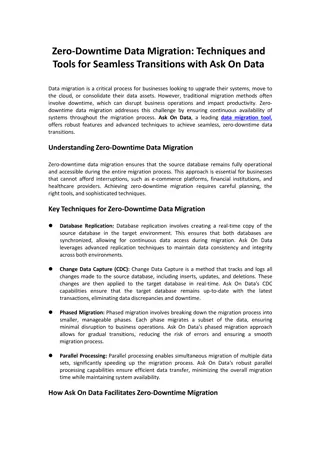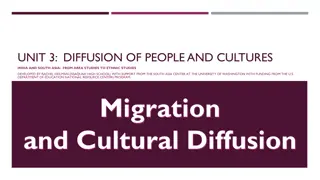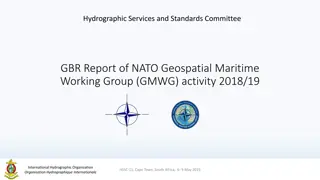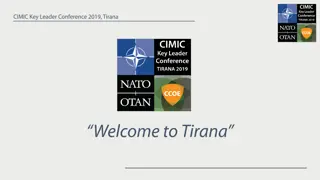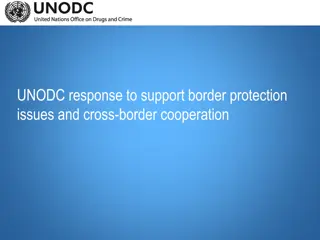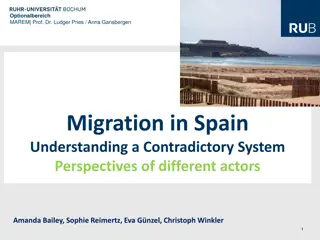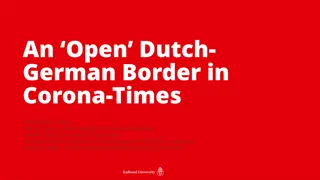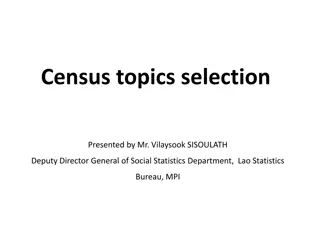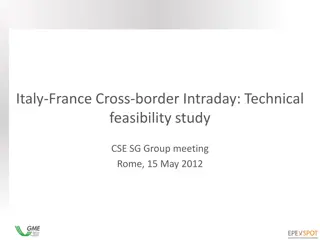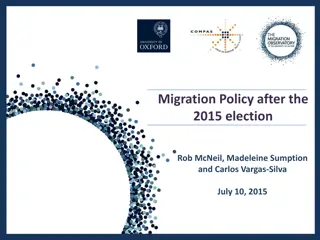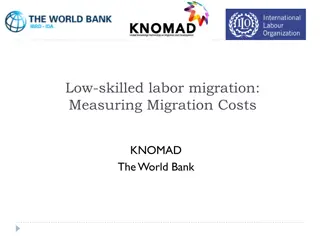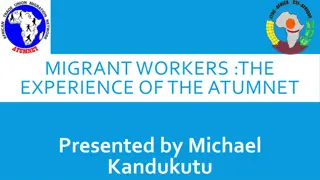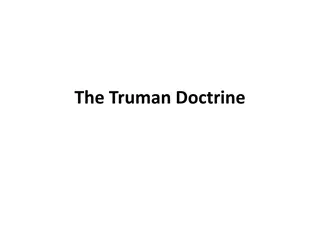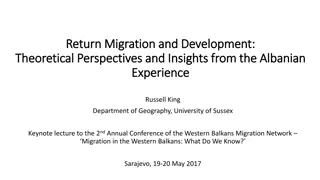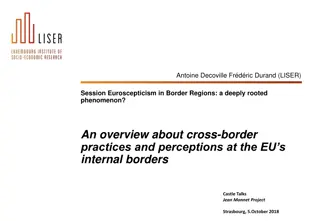Comprehensive Approach to Migration Management in NATO's Southern Border
Human mobility is a natural phenomenon, and managing large-scale migration flows is crucial for NATO and partner countries. This approach emphasizes effective, lawful, and ethical migration management through capacity-building, humanitarian relief, combatting human smuggling, and civil-military cooperation. By addressing these key areas, it aims to enable local authorities to manage migratory flows efficiently while upholding human rights and ethical standards.
Download Presentation

Please find below an Image/Link to download the presentation.
The content on the website is provided AS IS for your information and personal use only. It may not be sold, licensed, or shared on other websites without obtaining consent from the author. Download presentation by click this link. If you encounter any issues during the download, it is possible that the publisher has removed the file from their server.
E N D
Presentation Transcript
Introduction Human mobility is a natural and healthy phenomenon Developed economies need migrants Obligations under international humanitarian and refugee law However, large-scale, unregulated migratory flows may have destabilizing consequences For NATO and partner countries For transit countries at NATO s Southern border (e.g Libya) Consequently, both sealing borders shut and no border control at all would be unrealistic
Concept vision The concept vision we outline is therefore effective, lawful and ethical migration management Effective: large-scale flows need to be controlled Lawful. We need a combination of: Effective combat of human smugglers and organized crime Ensuring people s human rights and right to asylum Ethical Mitigating migrants suffering allows for keeping the moral high ground This goal requires synergy of efforts on land and sea
Lines of effort Effective, lawful & ethical migration management requires action along four lines of effort: 1. Capacity-building 2. Humanitarian relief 3. Combatting human smuggling 4. Civil-military cooperation Each of these interrelated lines of effort requires combined action both on land and at sea
1. Capacity-building Objective: enable local authorities to manage migratory flows effectively and ethically Actors: training military and law enforcement organizations; military and law-enforcement actors in origin and transit countries; international organizations; NGOs Strengths and opportunities Increase recipient countries long-term capabilities Politically feasible and economically viable IOs and NGOs can provide education on human rights, gender Risks, constraints, and weaknesses Lack of local ownership and cultural awareness State fragility Ethical and legal challenges associated with externalizing border control
2. Humanitarian Relief Objective: address migrants suffering without facilitating human smuggling Actors: Navies and Coast Guards; IOs (UNHCR, IOM, UN, AU, EU), NGOs (working on refugee camps and at sea) Strengths and opportunities Feasible for military organizations Catalyst of consensus-building across stakeholders (e.g. militaries and NGOs) Risks, constraints, and weaknesses Lack of a secure environment for humanitarian action on land (e.g. Libya, Syria) Risk that humanitarian operations at sea become part of smugglers business model Lack of solidarity in migrants reception after rescue
3. Combatting human smuggling Objective: deter human smugglers and traffickers and ensure their prosecution Actors: Local and International Law Enforcement organizations; militaries as enablers; migrants; local populations; NGOs (within the limits of humanitarian principles) Strengths and opportunities Greater cooperation with origin and transiting countries (need for cultural awareness) Information sharing between military and law enforcement at local and international level Enhanced legal frameworks (e.g. large-scale smuggling as crime against humanity) Risks, constraints, and weaknesses Insecurity and extreme deprivation smuggling is a sophisticated, transnational market Anti-smuggling operations create collateral damage Smugglers offload risks on migrants (re-routing, use of unseaworthy boats)
4. Civil-military Cooperation Objective: unity of efforts across actors Actors: militaries; law enforcement organizations; IOs: NGOs; commercial actors (shipping and fishing industry); local authorities & civil societies Strengths and opportunities Large range of stakeholders Formalized venues for cooperation (stakeholder conferences; MoUs; exchange of liaison officers) Combined and joint operations (law enforcement & NGO personnel aboard Navy ships) Risks, constraints, and weaknesses (over)classification hinders information exchange CIMIC is a land-dominated function (less experience and fewer opportunities for interaction at sea) Different cultures and identities
Capacity- building Enable local authorities to manage migrations Address suffering without facilitating smuggling Humanitarian relief Unity of efforts across actors CIMIC Combatting human smugglers Deter and prosecute smugglers and traffickers





